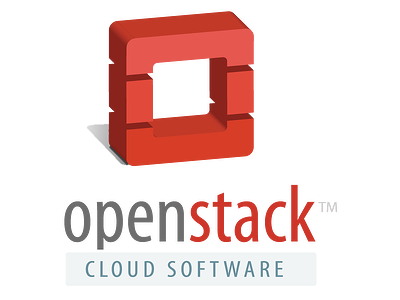There is a war among the clouds, the public and private providers are fighting to see who will reign supreme. Public vs Private, Public vs Public, and Private vs Private. It is chess match to see which vendor(s) will capture the largest share of the market. This non-stop battle has made it more challenging for the customer, the normal people, to make the best choice.
Large companies have ruled the land for years: VMware, Red Hat, and others have their stake in the ground. In recent years AWS, GCE, OpenStack and Azure have established control and are now eating away the edges of the market; corrupting the business models of traditional vendors. In a market that is redefining itself every year, how do you make the right choice? First you have to look at the state of the clouds:
Public
The public clouds are simple and easy to use. Public cloud’s destiny is manifested by pushing at our most basic needs: gain control, lower costs, increase speed, and deliver simplicity. However, public providers don’t want you to know how much you will owe them until after the fact, post billing. You don’t get locked in, but clearly the goal is to be the stickiest product that you use with their growing toolset. The on-premise security you need might not be provided by a public cloud which creates a need for a private cloud with the ability to move between the clouds.
Private
The private/internal cloud providers will reel you in continually attack your budgets with their ever expanding set of services. Layering in so many different tools from their “suites” that you are never quite sure which tools you are using, which tools you have bought, or which you are being charged for. Be wary, these vendors lock customers in at the root level of your infrastructure to the point where you’ll have no choice, but to renew, renew, and renew. There are so many varying levels of integration between these tools that it becomes complex and hard to manage, forcing you to buy professional services. More professional services means more money, and the vicious cycle continues.
So who is the right choice?
The answer is a hybrid approach. For various reasons, maybe it is cost or security or ease of use or vendor lock-in, you will come to use a variety of these tools and they will continue to challenge one another. They will have tunnel vision with one goal in mind: how can we lock our customers in with an vendor specific set of products. This makes none of them fit to rule the throne, so whose turn is it?
It is time for “choice” to be your weapon. Come above the clouds to be the broker, the king of clouds and give yourself the choice. Enough is enough with vendors ruling you! Take control of the clouds and manage them. Claim your place on the throne by putting the power of the clouds in the hands of your people so they can manage their own IT resources without getting caught up in the fog of vendor war.So you want to sit on the throne?
To lay claim to the throne is to be the “broker of clouds” above the fray. End users must be happy, if they aren’t happy you will know and hear about it. Users are ok with paying an IT team to be their broker as long as resources are delivered quickly and correctly. Users care that the job is done, not how you do it. Private and Public clouds have become a commodity, it is time to make the delivery of this commodity readily available. Waiting hours, days or weeks to get commodity resources is no longer sufficient.
When you look at what is preventing private and public clouds from being readily available, you see the following issues: complexity of multiple UIs, slow provisioning, IT overwhelmed with tickets, inability to track costs between clouds, and VM sprawl. IT is spending so much time servicing complexity that they can’t service their users. Solution? Simplicity.
Simplicity is the Vaccine for Complexity
Kings and Queens can’t do it on their own, they need an ally. A tool that reigns above the clouds; a Cloud Delivery Platform that provides you the nimbleness, flexibility, and agility that you need. Give users a simple intuitive interface that eliminates multiple UIs and gives users the single portal that spans the entirety of your realm of clouds. If you are truly going to lead your users, public, and private clouds, then for every resource you need to know: Who owns it, What is it doing, Where is it, When does it expire, Why does it exist, and How much does it cost. CloudBolt is a vendor agnostic tool that is worthy of the title “Hand of the King/Queen.”
Conclusion
By this point if you’ve read this far you must be somewhat interested. Reach out, schedule a demo, and see how a cloud delivery platform like CloudBolt will put you on the path to the throne and bring the convenience of the clouds to all of your users.












 An assembly-line model cannot deploy VMs as rapidly as needed. Automation is required.
An assembly-line model cannot deploy VMs as rapidly as needed. Automation is required.